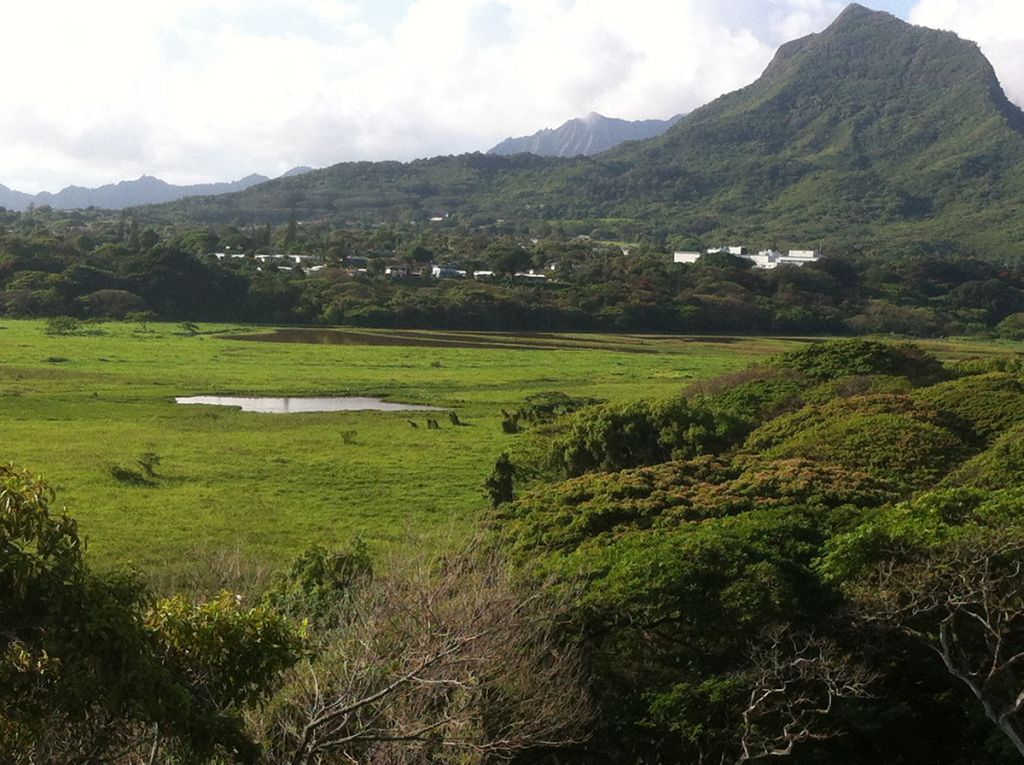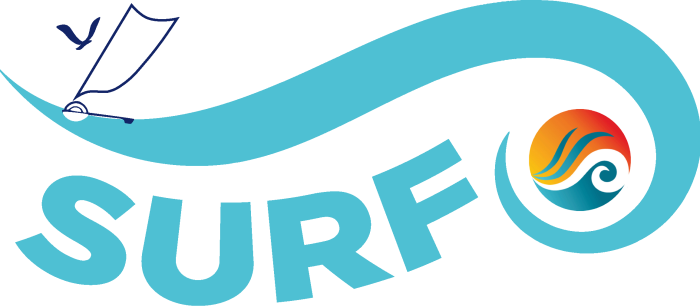Fifth summer of undergraduate research kicks off
June 25, 2024
For the fifth summer, the Pacific Islands Climate Adaptation Science Center (PI-CASC) is hosting its Summer Undergraduate Research Fellowship (SURF). This ten-week program is designed to give promising undergraduate students an opportunity to gain valuable research experience, improve their skills in climate science, and expand their knowledge of environmental issues in Hawaiʻi and across the Pacific by working with a mentor on a climate-related research project.
This year’s cohort, who began the program the first week of June, includes four students who are rising juniors and seniors at universities in Hawaiʻi, Alaska, and Washington majoring in environmental resource programs and marine sciences. Each is involved with an exciting project that includes important climate elements.

Maria Pla Prahl, working with Dr. Steve Doo at the University of Hawaiʻi at Hilo, is examining the effects of marine heat waves on coral physiology (reproduction, growth rate, etc.) to predict outcomes from future events. As part of the work, Maria will be helping to construct tanks to run experiments with variable light, temperature, and flow conditions to simulate marine heat waves.
Andres Jojoa is also exploring the effects of warming oceans. Working in Dr. Elizabeth Madin’s lab at the Hawaiʻi Institute of Marine Biology at UH Mānoa, Andres is evaluating the changes induced by warmer waters on the behavior and intelligence of cleaner wrasse. These small fish are important members of functioning coral ecosystems, removing parasites from other reef fishes, improving the clients’ health and providing protection and food to the wrasse themselves through this mutualistic relationship.
“So far I have had a marvelous time at HIMB,” reports Andres. “I have been analyzing videos and we will perform some experiments with cleaner wrasse in July.”
Jaslyn Miura is teaming up with Dr. Helen Sofaer, a researcher at the USGS Pacific Islands Ecosystems Research Center on Hawaiʻi Island, to work with spatial vegetation and climate data. Jaslyn will be helping to assess the different pathways of the Resist-Accept-Direct management decision framework for different ecological systems under multiple projected climate scenarios. In particular, they will focus on the effects from management decisions on Hawaiian native vegetation.

Rylee Larson is working with Dr. Travis Idol, from the UH Mānoa Department of Natural Resource and Environmental Management (NREM), and his community partners at Aha Hui Mālama I Ka Lokahi, a local stewardship organization managing a forested site in Kailua, Oʻahu. Rylee is exploring optimal soil conditions and soil amenders for restoring native Hawaiian plants to the area, and then creating a sustainable plan for the team to use in their continued restoration efforts. Rylee is also a pilot student in our efforts to work with the Alaska CASC to develop a reciprocal undergraduate exchange program associated with the collaborative PI-AK program between our two CASCs.
Rylee shared that “this experience has already been so special for me, learning about the significance of the area and the native/canoe plants within it…and feeling big gratitude to be soaking in such powerful knowledge in a beautiful pocket of Earth.”
We are really excited to see how these projects turn out and the marvelous work that the SURFers do this summer. In addition, we have two workshops planned for June and July, and a final symposium in August. We’ll report back on those experiences, so stay tuned for more SURF reports!


